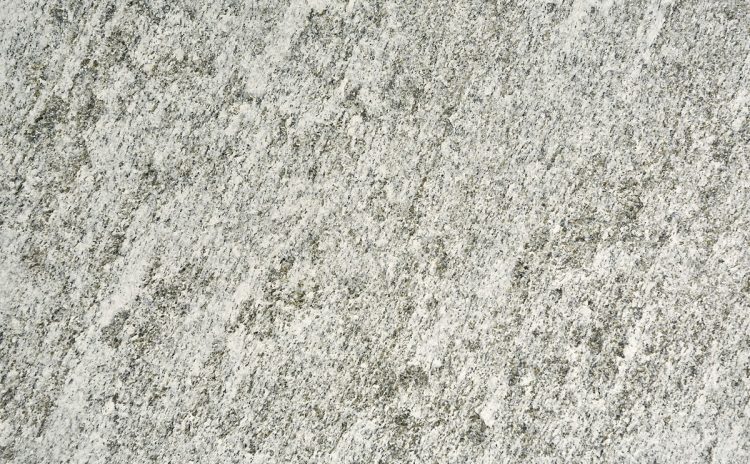La beola
"Beola" stone
- 19 Gen 2020

Caratteristiche geologiche e petrografiche
La Beola (o Bevola) è una roccia metamorfica, diffusa in Val d’Ossola nella località di Bèura. Si tratta di uno ortogneiss a tessitura lamellare, costituito di miche, feldspati e quarzo, leggermente tormalinifero, caratterizzato da una facile divisibilità in lastre piane, anche molto ampie e sottili e che deriva dalla trasformazione di rocce magmatiche (graniti).
Principali caratteristiche tecniche
I pregi della Beola riguardano, oltre alla bellezza estetica, le caratteristiche fisiche. E’ un materiale lapideo particolarmente resistente all’invecchiamento e a tutti i tipi di sollecitazioni quali usura e gelo. Sono praticamente eterne come i graniti a cui spesso vengono associate, in linea con la norma europea EN 12670, condividendone composizione (entrambi hanno contenuto prevalente di silicati) e caratteristiche tecniche. Le beole sono presenti in particolare nell’area della Val d’Ossola (Piemonte, provincie di Verbano-Cusio-Ossola, Novara) in numerose varietà: beola Bianca, beola di Domodossola, beola Favalle, beola Ghiandonata, beola Grigia, beola di Trontano, beola di Valmanenco, beola Verde.
Le beole sono principalmente di varie tonalità di grigio con una struttura lamellare che può essere ghiandonata, cioè rivelare la presenza di inserti rotondeggianti o lenticolari che non ne sminuiscono le prestazioni.
Applicazione
La Beola è ottima nell’utilizzo come pietra per tetti, pietre per giardini, pietre per rivestimento di esterni, pavimentazioni esterne, pavimentazioni di interni, come pietre per rivestimento di piscine. In Val d’Aosta le beole rappresentano la copertura tradizionale delle case al punto che, per molti anni, ne è stato reso obbligatorio l’uso per ogni nuova costruzione. Come gli altri materiali lapidei ossolani, è altresì una pietra tipica dell’edilizia milanese storica, per il facile collegamento fluviale del Ticino con la città lombarda e la si ritrova spesso anche a costituire i ballatoi delle case di ringhiera.
 Arch. Anselmo Santilli – ZEDPROGETTI srl
Arch. Anselmo Santilli – ZEDPROGETTI srl
Geological and petrographic characteristics
The Beola (or Bevola) is a metamorphic rock, widespread in Val d’Ossola in the locality of Bèura. It is an orthogneiss with a lamellar texture, consisting of mica, feldspars and quartz, slightly tourmaline, characterized by an easy divisibility into flat slabs, even very large and thin result from the transformation of magmatic rocks (granite).Main technical characteristics
The value of the Beola concerns, in addition to the aesthetic beauty, the physical characteristics. It is a stone material that is particularly resistant to ageing and all types of stress such as wear and frost. They are practically eternal as the granites to which they are often associated, in line with the European standard EN 12670, sharing their composition (both have a prevalent content of silicates) and technical characteristics. Beolas are present in particular in the Ossola Valley area (Piedmont, provinces of Verbano-Cusio-Ossola, Novara) in numerous varieties: white beola, Domodossola beola, Favalle beola, Ghiandonata beola, Grigia beola, Trontano beola, Valmanenco beola, Verde beola.
The Beolas are mainly in various shades of gray with a lamellar structure that can be an “acorn type”, that is there is the presence of round inserts or lenticular that do not diminish the performance.Application
The Beola is excellent for use as roof stone, garden stone, external cladding stone, external flooring, internal flooring, such as stones for cladding swimming pools. In Val d’Aosta, beolas represent the traditional covering of houses to the point that for many years they hves been made compulsory for every new construction. Like the other Ossola stone materials, it is also a typical stone of the historic Milanese building industry, due to the easy river connection of the Ticino with the Lombard city and it is often found in the balconies of the railing houses.

